
Chickens have always been the big shots of the bird world. They're important for their ability to lay eggs and provide meat. Among the many types of chickens, there's one called the Dixie Rainbow chicken.
People really like this chicken because it's super cool in many ways. It's the top choice for farms, homes, and places where birds live. Now, let's talk about how special Dixie Rainbow chickens are.
They're known as a "dual-purpose breed," which means they're really good at making both eggs and meat. But that's not all – these chickens have feathers with amazing patterns. They're called "rainbow" because they come in lots of colors, and no two birds look the same.
Isn't that interesting? We met someone who raised Dixie Rainbow Chickens for almost 3 years, and they had a great time doing it! So, we decided to share all the important stuff about these chickens.
We first found out about Dixie Rainbow chickens by reading about them online, especially about how they're a mix of different chicken breeds.
What is a young male chicken called? Exploring the intricacies of poultry terminology, we delve into the answer to this common question and uncover the fascinating identity and role of a young male chicken within the larger context of poultry farming.
What do Dixie Rainbow Chickens look like?
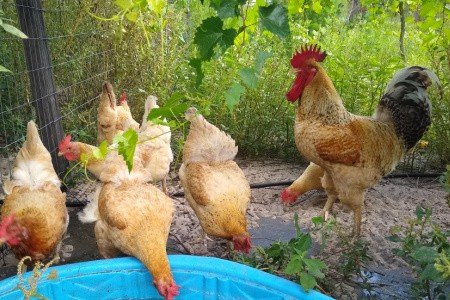
When it comes to the wonderful features of Dixie chickens, their physical beauty takes the lead. These chickens come in shades of tan and brown, adorned with attractive speckles on their bodies.
Interestingly, each bird boasts a unique appearance, making them truly distinct from one another. Despite their limited color palette, their feather patterns display remarkable variation. They've even earned the label of 'rainbow' chickens because there's no fixed pattern to define them.
Although most Dixie chickens adhere to the tan/brown speckled pattern, some may surprise you by appearing white or pale brownish. One captivating aspect is their eyes – they seem to sport a natural winged eyeliner. You'll notice a small, elongated black mark in the corner of their eyes.
At around 12 to 13 weeks old, these chickens develop fully grown wattles and combs. - What's fascinating about rainbow Dixie chickens is their tendency to look vastly different from one another.
In fact, they're classified as "rainbow" due to their lack of a consistent appearance. While the standard pattern for a Dixie Rainbow is tan/brown with speckles, the real beauty lies in the unexpected variations.
Discover the captivating world of poultry farming with our in-depth Rutin Chicken Breed: All You Need to Know guide, where we unravel the fascinating traits, care requirements, breeding intricacies, and practical tips for raising and nurturing these unique chickens.
Dixie Rainbow Chicken Behavior
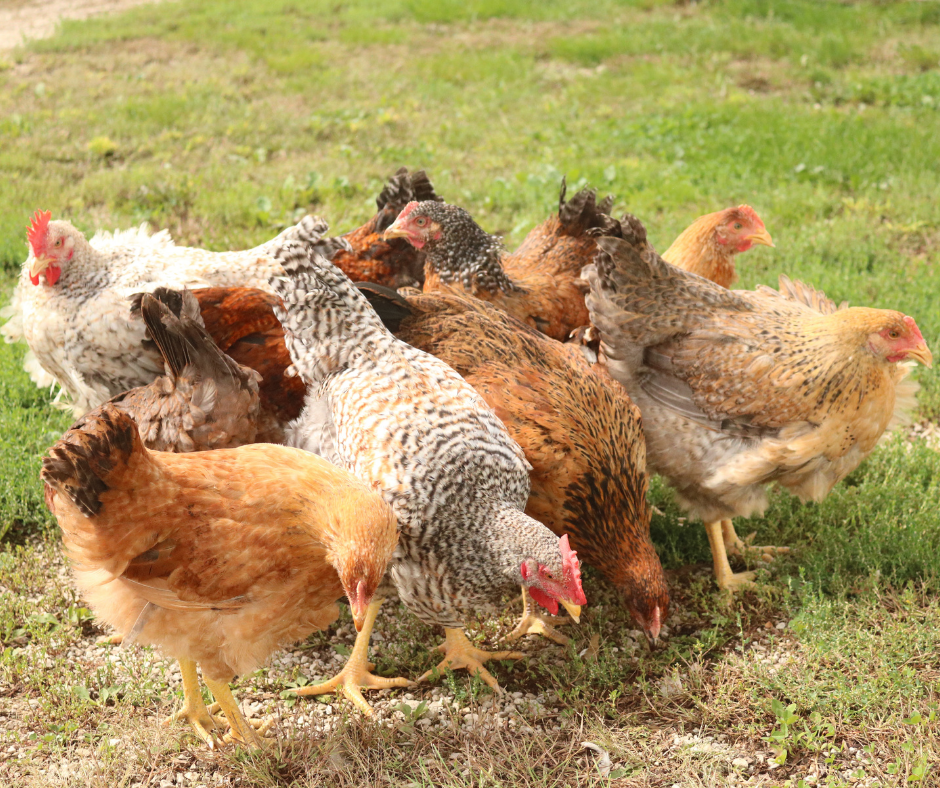
These hybrid breed chickens have fantastic personalities. They're lively and confident, strutting around like they're the top breed (which they're pretty close to being!). The hens are exceptional mothers when they go broody, fully committed to hatching and raising their young.
But be cautious – a devoted broody hen might give you a peck if you get too close, which happens quite often. This special hybrid breed is incredibly friendly and joyful. Both hens and roosters are full of energy and happily roam around your yard without causing any problems.
The hens are wonderful mothers, dedicated to hatching their eggs when they become broody. A Dixie hen is particularly attentive and caring as she tends to her chicks.
Roosters from this breed are known for their gentle nature and lack of aggression. They might be larger than hens and learn a bit more slowly, but they are incredibly sweet and safe to be around.
You won't need to worry about them attacking you. Additionally, they are vigilant protectors of the hens, making them highly sought after worldwide. Growth-wise, Dixie Rainbows are a dual-purpose breed and grow remarkably fast.
If you're raising them for meat, they'll reach market weight in about 12-13 weeks, and at maturity, they'll weigh around 6-8 lbs – quite big! By 12-13 weeks, your flock will have fully developed combs and wattles, and the roosters will begin their cock-a-doodle-doo routine.
In our comprehensive Satin Silkie Chickens: Complete Guide, we delve into every aspect of raising these captivating and unique poultry creatures, offering valuable insights into their care, characteristics, and much more, ensuring that both novice and seasoned chicken lovers are well-equipped to provide the utmost attention and consideration these delightful birds deserve.
Dixie Rainbow Chicken Egg Production
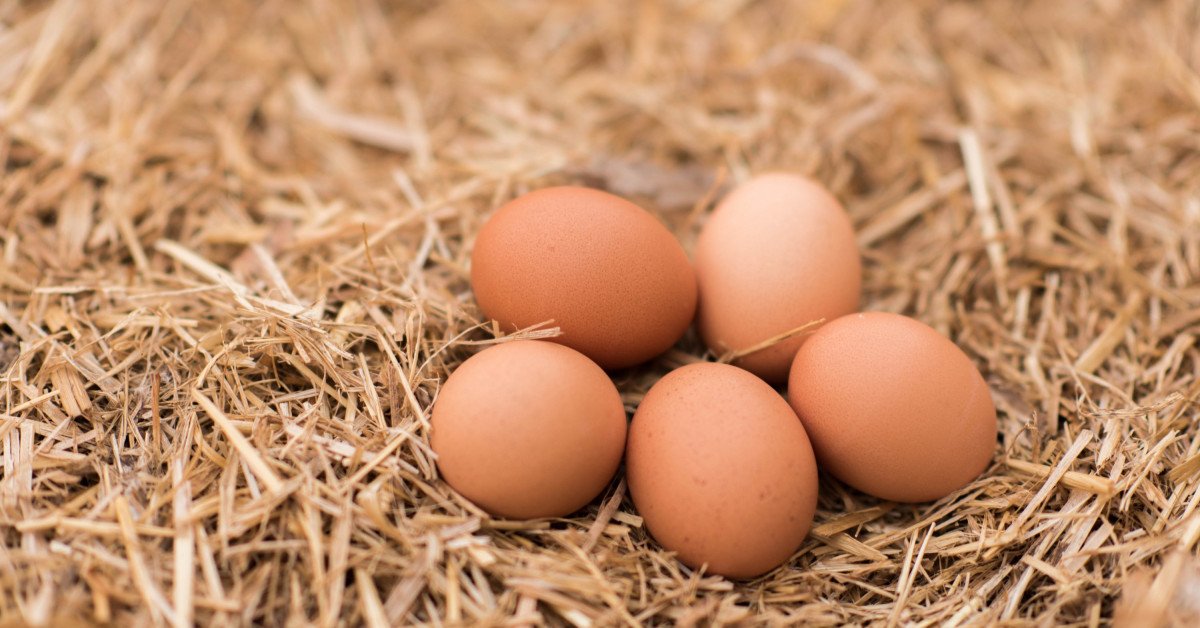
The Dixie hens excel in egg production, beginning to lay eggs between 20-24 weeks. These eggs tend to be medium to large in size, featuring brown eggshells. Some of the larger eggs even contain double yolks.
These hens are prolific egg producers during the winter, but their production decreases during the summer months. On average, a flock of 6-7 hens yields about 4-5 eggs per week.
For a diverse egg collection, you can crossbreed Dixie hens with other breeds like Buff Orpington, Rhode Island Red chickens, Olive Egger, or Easter Egger.
When combined with Buff Orpington, which produces large eggs, the other three breeds provide eggs of varying colors: chocolate brown, olive green, and blue.
What Color Eggs do Dixie Rainbow Chickens Lay?

The Dixie Rainbow Layer chicken is known for producing medium-large brown eggs that are not only delicious but also tend to be on the larger side.
Occasionally, you might even find a few double yolks among these tasty eggs! If you're looking for a diverse flock of egg layers, Dixie Rainbow chickens blend well with other breeds. Consider teaming them up with the excellent egg-producing Buff Orpingtons.
For those interested in colorful eggs, the Easter Egger breed is a fantastic choice, as they lay beautiful blue eggs. However, note that Easter Eggers are a leaner breed and not ideal for meat production.
We have seen cases of people who raised Rhode Island Red chickens, which are exceptional layers providing light chocolate brown eggs. Anticipate that these hybrid hens will commence egg production around the 20-24 week mark.
Different breeds offer a slight variation in egg color, ranging from the traditional white eggs to blue and even dark brown eggs, like the Olive Egger, which gives you olive green eggs!
The possibilities are truly endless. Regardless of shell color, all eggs have the same delicious interior with rich yellow-orange yolks. On average, Dixie hens are reliable egg producers, churning out about 225-250 eggs per year.
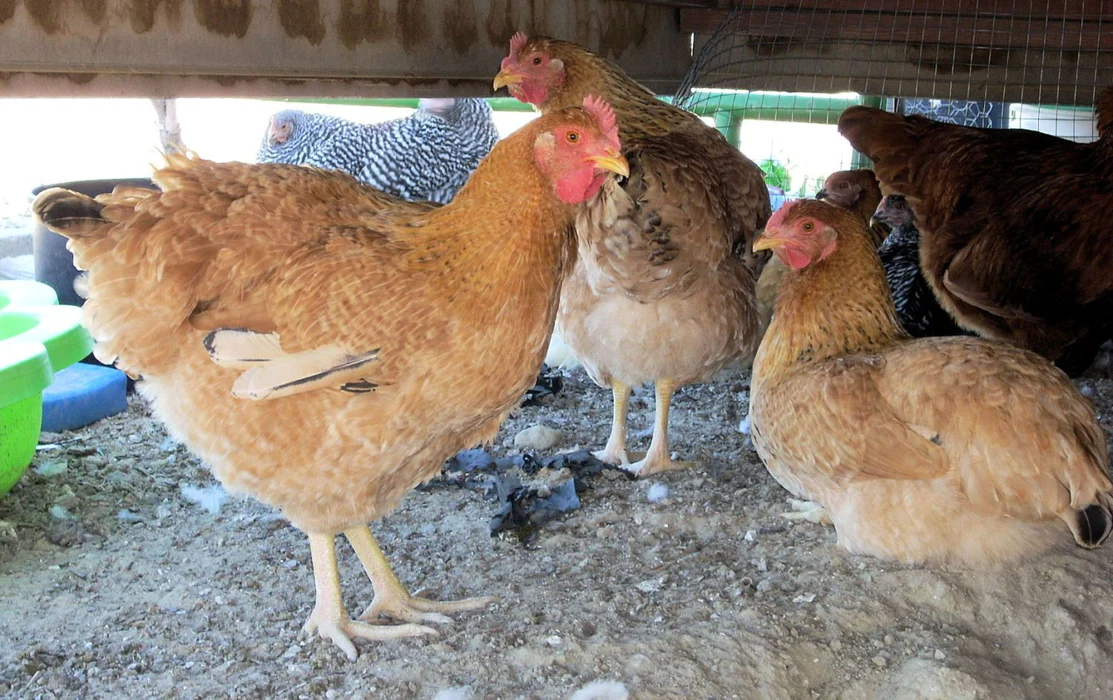
Can chickens eat onions? Facts nobody told you reveal the surprising truth about whether onions are safe for your feathered friends to consume, shedding light on the potential risks and benefits of incorporating this pungent vegetable into their diet.
Dixie Rainbow Chicken Rooster
Among the most striking features of the Dixie Rainbow breed are its remarkable roosters. These roosters boast an exquisite blend of colors that evoke the beauty of a rainbow.
Their iridescent feathers shimmer with shades of red, orange, yellow, green, and blue, creating a visual spectacle that never fails to captivate onlookers. Beyond their captivating appearance, Dixie Rainbow Chicken roosters are known for their confident and assertive nature.
They take on their rooster duties with a sense of responsibility, often displaying protective behaviors towards their flock. Their vibrant plumage is not just for show; it's a reflection of their vibrant personalities.
Dixie Rainbow Chicks
The journey of the Dixie Rainbow Chicken begins with its adorable chicks. These fluffy bundles of joy inherit the vibrant plumage that the breed is known for.
Newly hatched Dixie Rainbow chicks showcase a mix of soft colors that gradually mature into the stunning array of hues characteristic of the adult birds. Raising Dixie Rainbow chicks requires attentive care and nurturing.
Providing a warm and secure environment is essential to ensure their healthy development. As they grow, their personalities start to shine through, offering a glimpse of the vibrant individuals they will become.
Creating the perfect home for your feathered companions? Find out what should be inside a chicken coop to ensure their comfort, safety, and well-being. Check out our blog post for essential tips on setting up a cozy haven for your chickens!
Dixie Rainbow Chicken Breed
Originating from the fertile lands of the southern United States, the Dixie Rainbow Chicken breed is a product of careful breeding and dedication. Its unique genetic makeup gives rise to the mesmerizing colors that set it apart.
This breed is a true testament to the artistry of nature and the commitment of breeders who have worked tirelessly to cultivate its distinct traits. The Dixie Rainbow Chicken's breed characteristics extend beyond its appearance.
These birds are known for their hardiness and adaptability, making them well-suited for a range of environments. Their docile temperament makes them a favored choice for poultry enthusiasts and hobbyists alike.
Climate
Dixie chickens showcase remarkable resilience and are particularly well-equipped to endure high temperatures and humidity. While they thrive during the summer months, it's notable that their egg production experiences a significant decline during this period.
Impressively, even in the harshness of winter, where temperatures plummet to as low as -30°C, Dixie chickens manage to endure and thrive.
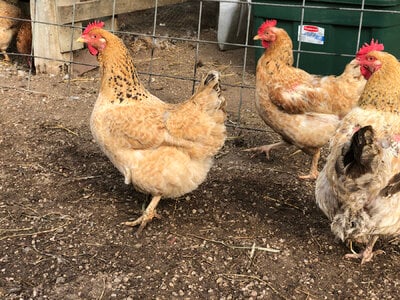
Have you ever wondered, What is a female turkey called? Uncover the answer and explore more about the intriguing world of turkeys in our latest blog post – you might be surprised by the names these remarkable birds go by!
Conclusion
Chickens have held a significant position in the avian world due to their invaluable contributions of eggs and meat. Among the diverse array of chicken breeds, the Dixie Rainbow chicken stands out as a remarkable choice.
Its versatility as a dual-purpose breed, excelling in egg and meat production, has made it a favorite for farms and households. What truly sets the Dixie Rainbow chicken apart is its enchanting plumage, adorned with captivating patterns and a vibrant spectrum of colors, lending credence to its "rainbow" name.
The uniqueness of each bird's appearance adds an intriguing dimension to the appeal of these chickens.
Share on Twitter Share on Facebook
Comments
There are currently no comments
New Comment